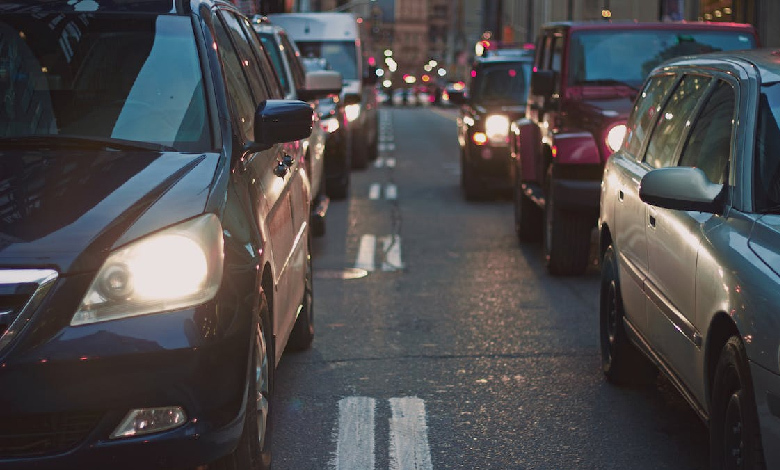Pay attention, Aussies! Here are vehicles that ‘over-promised and under-delivered’

Several cars driven on Australian roads consume up to 20% more petrol than manufacturers are claiming, according to an Australian Automobile Association (AAA) testing – funded by the federal government. The programme compares real-world and laboratory calculations.
The testing conducted in Victoria’s Geelong region in December 2023 also found four of the 13 vehicles tested exceeded regulatory limits for oxides of nitrogen or carbon monoxide. The association eventually reached a list of the most infamous offenders.
Find the best and worst performing vehicles in Australia
The AAA said the testing results were strictly controlled and supported EU legislation that “ensures fuel consumption and CO2 results are repeatable and minimises the influence of human factors such as driving style and changing traffic flows.”
The programme found seven of the 13 vehicles delivered fuel consumption within 5% of the manufacturers’ claims. But 5 cars exceeded their lab results by between 9% and 20%. One car performed 7% better than claimed by the company.
BMW X3, MG3, Audi Q5 and Toyota Yaris Cross Hybrid performed the worst in the second round of testing as the results found differences of 20%, 19%, 17% and 12% in terms of fuel consumption, respectively. But some cars performed better.
Testing of the Kia Carnival found its 2023 model used 7% less fuel on the road than its mandated laboratory results. The Australian Automobile Association (AAA) claimed that its real-world fuel efficiency was 6 litres per 100 km, according to the Guardian.
Testing for automobile pollution sparks concern
Three vehicles exceeded the limits for oxides of nitrogen: the Kia Sportage, the Hyundai Staria and the Kia Carnival. The MG3’s on-road carbon monoxide emissions were 85% higher than the regulated lab test limit, according to the association.
AAA Managing Director Michael Bradley said the testing programme offered consumers greater transparency, adding: “This information could help a new car buyer save hundreds of dollars a year while cleaning up our light vehicle fleet.”




